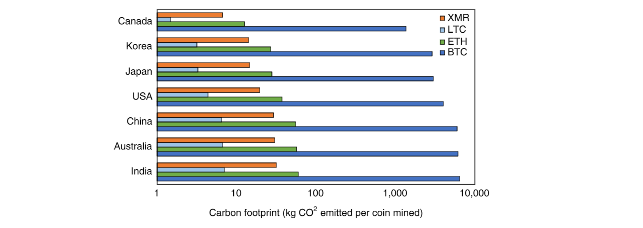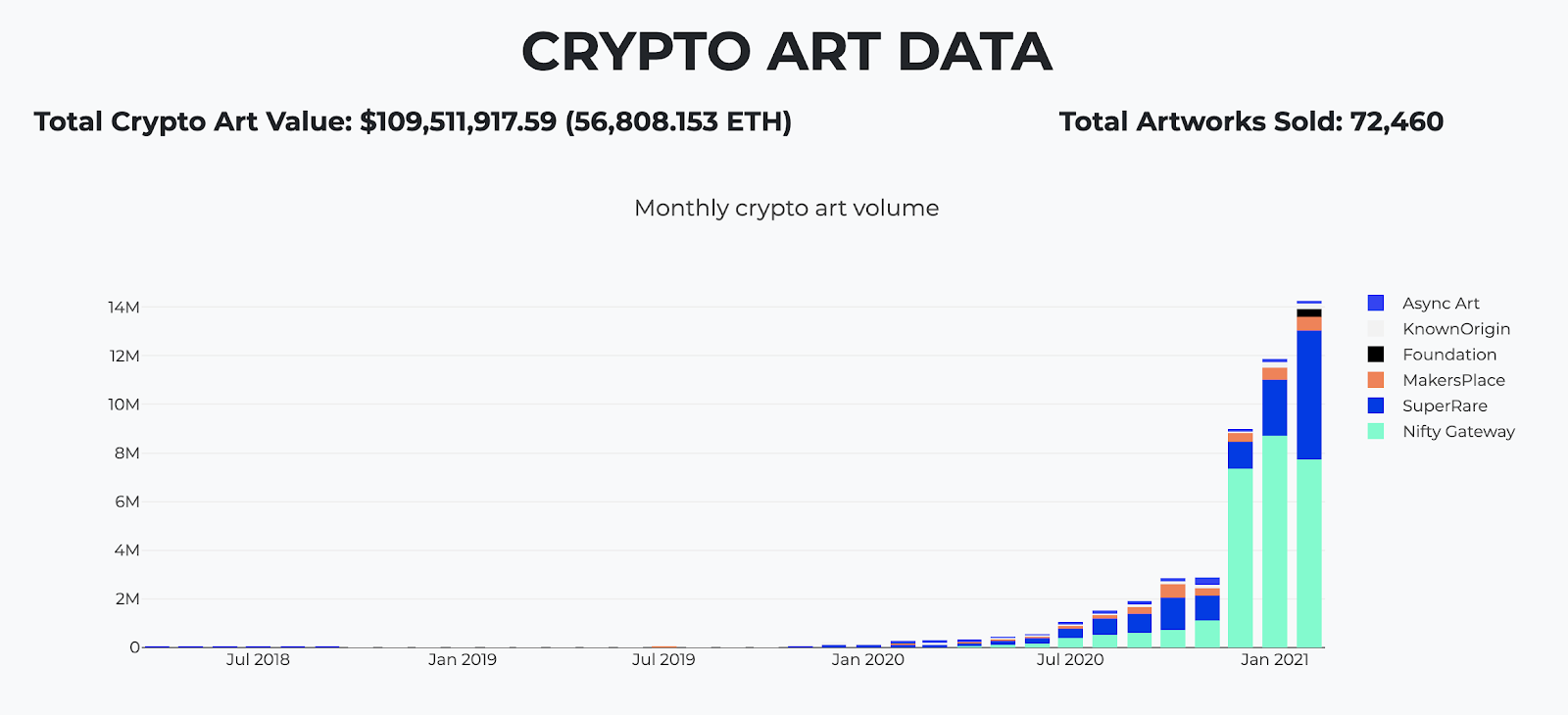Human race is undoubtedly a miraculous creature that has endured all previous ages to bring an unprecedented age upon Earth. Humanity loves challenges. He has learnt, not only to look these in the eye rather curb every opportunity to one’s own benefit.
When we realized that digital transactions are too complex and excessively centralized, we shoo the entire World with Blockchain and Bitcoin. A few experts promoted it while others petitioned to regulate it, we thought what could be next? What could liberate the market more?
A painting has been recently bought for 69 million dollars by Meta Kovan. What He would receive is a Token in lieu of all the money spent.
The ‘self-portrait’ by robot Sophia got sold for nearly $700,000 digitally.
Twitter CEO Jack Dorsey even sold his first ever tweet (from 2006) and it’s bid touched a staggering $2.5 million using such digital token, infamously known as NFT.
What’s a Non-Fungible Token?
The term “fungible” can be used to describe anything that is not unique in itself like a currency note, shares of a company etc. But “Non-Fungible” indicates something entirely opposite. They’re emphatically unique or rare and cannot seem to be replaced with other similar items.

Such uniquely found Items can be taken and represented on Blockchain using unique crypto tokens, stored digitally as a proof-of-ownership just like any real or virtual asset. NFTs are cryptographic assets stored on blockchain with unique identification codes and metadata that distinguishes them from each other.
What makes an NFT so unique?
An art form like Mona Lisa by Leonardo da Vinci or Starry Nights by Vincent van Gogh might have its copies available but are Non-fungible in nature. Another feasible example is real estate entity under it. An NFT can even be used to represent people’s identities, property rights etc.
But unlike the cryptocurrencies, these assets cannot be traded or exchanged. “Tokenizing” these real-world tangible assets enables them to be bought, sold, and traded more efficiently at lightning speeds while keeping their legitimacy and security intact.
NFTs can remove intermediaries, connect artists directly with their audiences or for identity management, simplify transactions, create new markets etc.
This crypto-work once being sold, becomes a crypto-collectible.
Your upper hand, if you own an NFT:
- Its non-manipulative, can become an eternal asset.
2. Your ownership becomes a fact; easily proven.
3. It can be sold or you earn resale royalties in case resold.
What if you create an NFT:
- Easily proven Creator and can declare its scarcity.
2. Can earn royalties each time the asset is sold.
3. Free to sell it directly, without a platform or a mediator.
The complete NFT artwork ecosystem can possibly create a democratic landscape for everyone to buy and sell artwork, even promote decentralization. Within the domain of NFT, world is one’s dominion.
NFTs can find use for identity management. It won’t be wrong in future to convert the physical passports that need to be produced at every entry and exit point into respective NFTs.
NFTs are found to be extensible i.e. can combine one NFT with another to “breed” a third, unique NFT. For example: Back in Nov 2017, cryptokitties were digital representations of cats with unique identifications and price on Ethereum’s blockchain. They could reproduce amongst themselves and produce new offsprings, again unique.
Within a few weeks after being launched, cryptokitties racked up a fan base that spent $20 million worth of ether for purchasing, feeding, and nurturing them.
Ironically, digital world has the charm and attraction that the real world cannot sustain for long. People are willing to pay for anything virtually while neglecting the very necessity of the real present.
India and NFT craze:
Digital artists like Siraj Hussain, Amrit Pal Singh and even EDM music artist Nucleya have been into the business for some time.
Online platforms like OpenSea, Rarible, Mintable or Nifty Gateway host some of these non-fungible works. All one needs to have in possession is an online wallet and a minimum of $100 dollars in it.
Although India has plans for regulating all digital tools of trade, but for now the market for NFTs is open even in India. Mostly the dealings have been made with global investors.
Market capture: will it climb or fade with time?
According to NonFungible.com, the cumulative NFT sales in 2020 were worth about $250m, while the past month alone saw sales exceed $220m and All-time average sales are about $534m.
However, the market remains volatile and only advisable for those prepared to lose their principal and with greater knowledge of such complex ecosystem.
Are NFTs threatening our very efforts against Climate change?
With boost to its craze around the world, several cryptocurrency operations have sprung up around the world covering spaces with endless rows of high-powered computers, running the softwares to essentially convert energy into wealth.

It becomes an invisible and by-far the easiest way by Humanity to make money by polluting the planet. More scope means more pressure on cheap fossil fuels in plenty.
A heart-wrenching 2018 study found that this sort of cryptocurrency mining consumes more energy for every dollar of value generated than extracting gold or copper.
This can probably be solved if the crypto-operations are sourced from the clean energy but anyhow the computation involved will continue to impose undue pressure on the electricity grid.
“I think in the next year, year and a half, the emissions will be a non-issue,” says Blockchain for Climate Foundation’s Pallant. Certain other artists-cum-environmentalists have worked on this issue, either by avoiding Ethereum or NFT altogether, although The platform has promised to shift to a less energy-intensive ecosystem.
World economic forum report has suggested managing transparent supply chains in order to evade such heavy emissions.
For example, ConsenSys, or Palm, operating on the sidelines of Ethereum, has adapted to energy-efficient systems that are claimed to be 99% more energy-efficient than proof-of-work systems.
An artist Memo Akten created a website that can possibly estimate the carbon footprint of digital art.
Dealing with respect to NFTs not only create Environmental Hazard, it has indirect social repercussions too as it instils inequality of access among the peers.

In India, we have seen that the “creation of money without value” attracts punitive Capital gains tax, with cryptocurrencies booming without Individuals donating their fair share in Country’s real GDP, shall be brought to question and NFT miners be subjected to punitive Carbon tax for reckless emissions.
When a few scholars even dare to conclude that bitcoin emissions alone could raise the Earth’s temperature by two degrees, something negating the entire Paris Climate Agreement target. We as responsible residents of Earth have to ensure that Life only sustains everything on a planet, not money.
It becomes important to note that NFT’s fandom or crypto-craze may not burn at all, but Our planet surely can.



